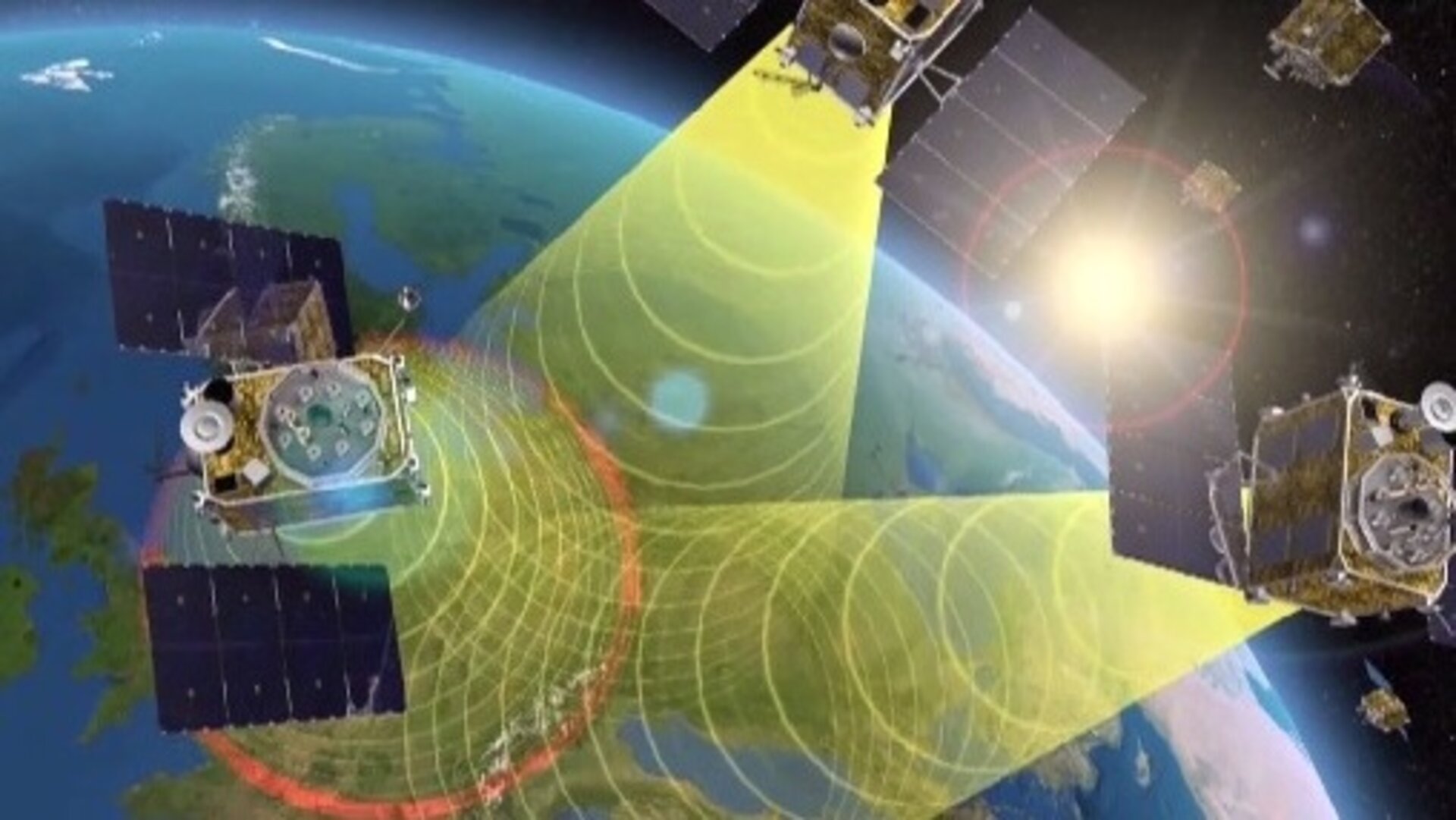Upgraded monitoring stations point way to better satnav-sharpening EGNOS
Upgrades to the monitoring stations underpinning Europe’s EGNOS satnav augmentation system will support its evolution.
The current 40 Ranging and Integrity Monitoring Stations (RIMS) sites across Europe and beyond are the bedrock of the European Geostationary Navigation Overlay Service (EGNOS), supplying highly accurate and robust satnav information that can be relied on for safety-critical purposes.
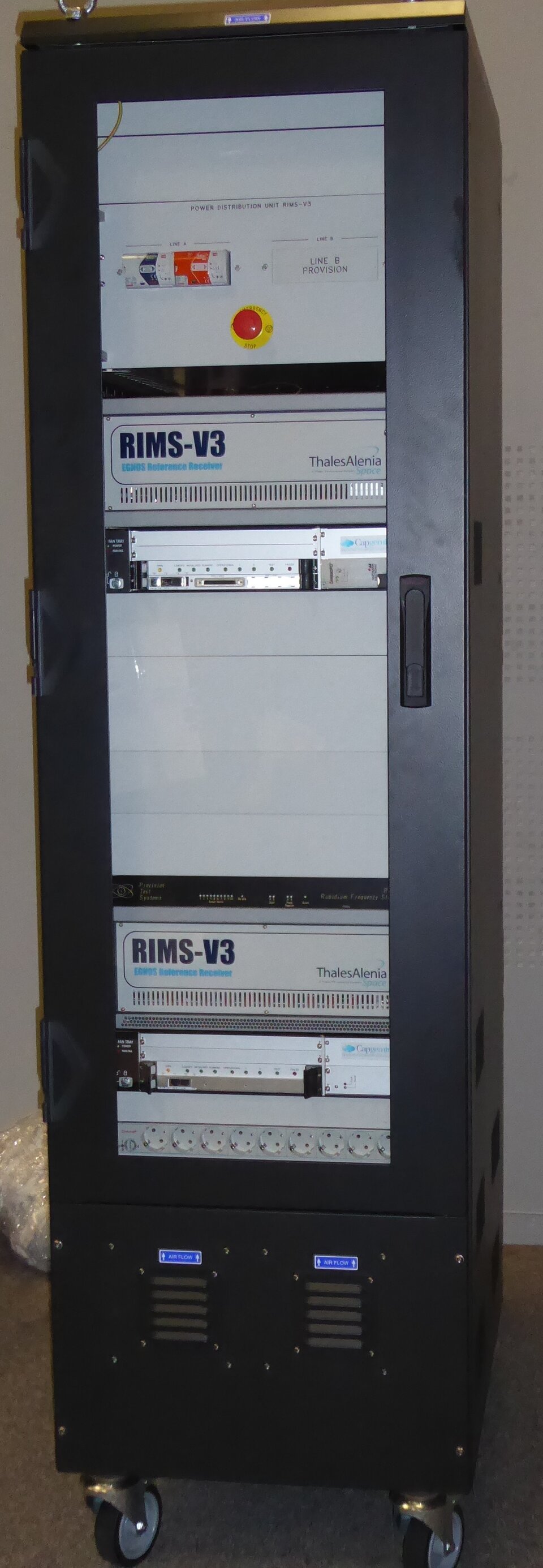
Once a second, these stations gather raw satnav data to transmit information on signal quality and range measurements to the GPS satellites, allowing EGNOS to identify and remove any error in the signals.
The resulting corrections are then passed to users via a trio of geostationary satellites, delivering a several-fold increase in precision plus ‘integrity’ – a guarantee of navigation service – for safety-of-life applications.
The result is that the EGNOS-augmented signals are guaranteed to meet the extremely high performance standards set out by the International Civil Aviation Organisation standard, adapted for Europe by Eurocontrol, the European Organisation for the Safety of Air Navigation.
The signals from space can therefore be relied on routinely for safety-critical tasks, such as vertically guiding aircraft during landing approaches.
“These current ‘RIMS V2’ stations have some inherent limitations, which we’ve sought to tackle in this upgraded V3 design,” explains Didier Flament, ESA’s EGNOS programme manager.
“For instance, our current stations work only with GPS frequencies L1/L2 P(Y), while the future post-2020 EGNOS system will be operating on a multiconstellation basis, additionally employing modernised GPS signals, notably on both the L2 (L2C) and L5 frequency bands, as well as other signals from Galileo, on the similar E1 and E5 frequency bands.
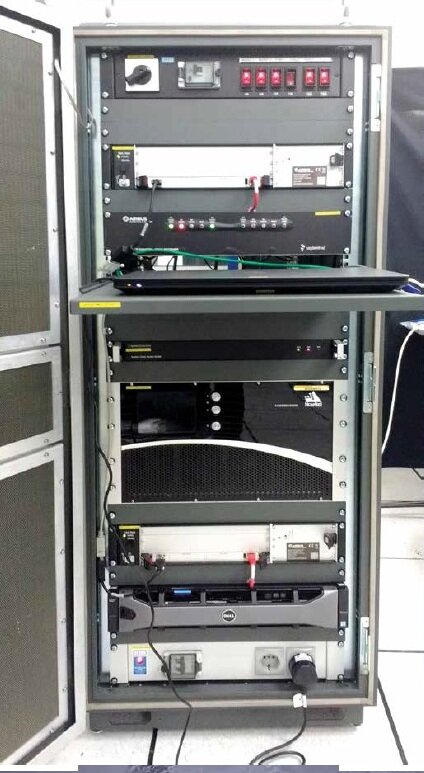
“Our experience working with RIMS has emphasised the significance on performance of factors such as signal scintillation – caused by the ever-changing ionosphere, the electrically active layer of the upper atmosphere – as well as other environmental threats such as interference and multipath signal reflection.
“So this upgraded design increased robustness to these factors, based on more stringent development and operating standards, along with innovative radio-frequency environment monitoring.
“It also includes upgraded receiver technology to accurately monitor potential GPS and Galileo signal distortion – ‘Evil Waveform’ signal anomalies – in full compliance with international standards.”
The RIMS V3 stations will be based in the same or similar secure location as today’s stations – typically airports or space-based telecommunication sites.
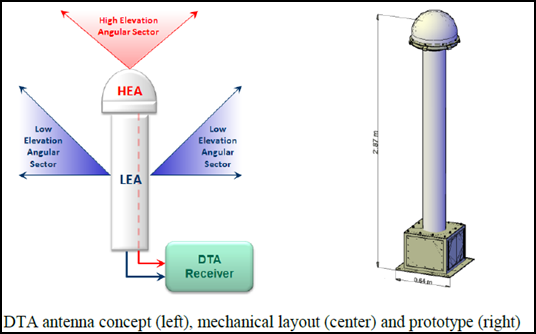
The individual RIMS antennas themselves can be relatively compact, about 50 cm high, with links to receiver and computing equipment.
Most of the RIMS V2 station antennas are currently surrounded by dedicated protection structures that limit the impact of interference and multipath local effects.
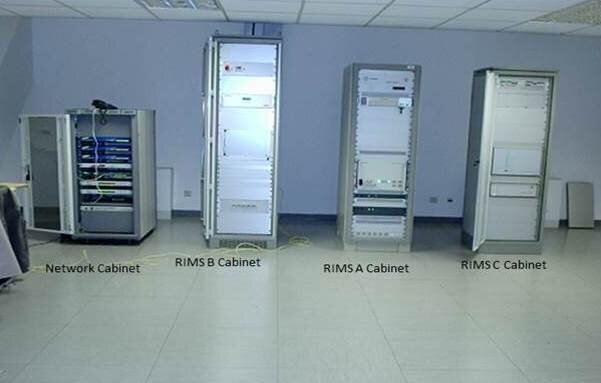
Future RIMS V3 stations could potentially interface more advanced complex antennas without the need for similar protection structures, able to capable to protect the RIMS equipment against a harsher radio-frequency operating environment. They also have the potential to accommodate enhanced antenna designs – such as the dual tracking antenna previously developed and tested by ESA, proven to cope with some especially difficult environmental conditions.
In another improvement on the V2 design, RIMS V3 combines more integrated functionality in a single rack than the current three racks, reducing the cost of deployment.
“As another lesson learned, we recommend that technology obsolescence is monitored on an ongoing basis, to help ensure continuity of service for RIMS V3,” adds Didier. “EGNOS V2 system was initially designed for a 15 year lifespan, but we still find ourselves relying on legacy technology subject to obsolescence and limited maintainability.
“The idea now is to embed these results into the coming EGNOS V3 definition, qualification and production work to be solicited from European industry.
“The impressive results from these RIMS V3 stations, tested at several existing RIMS sites, also open up commercial opportunities. The worldwide market for satnav augmentation is much larger than when we began work on EGNOS 20 years ago, with Africa, Asia and Australia developing their own systems.”


